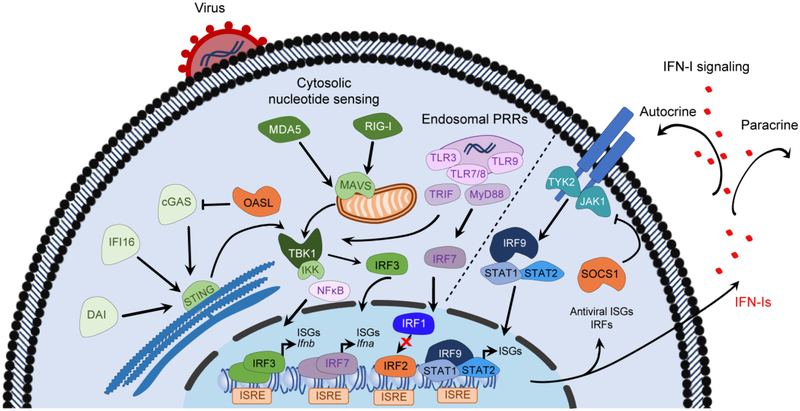Figure 1: Induction, propagation and regulation of IFN-I signalling.
Viral nucleic acids and proteins are recognized by cytosolic DNA sensors, including DAI, IFI16 and cGAS, as well as by members of the RLR family (RIG-I and MDA5). Upon activation, the DNA sensors activate STING that then translocates to the Golgi where STING is phosphorylated by TBK1, allowing for the phosphorylation and activation of IRF3. Upon binding to their ligands, RIG-I and MDA5 engage MAVS leading to activation of TBK1 and members of the IKK family of kinases. Similarly, detection of endosomal viral nucleic acids is mediated by PRRs such as TLRs that then signal through MyD88 and TRIF adaptor molecules leading to activation of TBK1 and members of the IKK family. These kinases trigger phosphorylation, activation and dimerization of IRF3 and release of NF-κB from the IκB complex. IRF3 and NF-κB then translocate into the nucleus where they bind to promoter regions of IFNβ and other target genes thereby stimulating IFN-I and pro-inflammatory cytokine gene transcription. The resulting IFN genes then signal through a heterodimeric IFN-I receptor (IFNAR), triggering phosphorylation and activation of intracellular Jak1 and Tyr2 kinases. These kinases mediate recruitment and phosphorylation of STAT1 and STAT2 proteins that then recruit IRF9 to form the trimeric IFN-stimulated gene factor 3 (ISGF3) complex. The ISGF3 complex then translocates into the nucleus where it binds to ISRE regions within the promoter regions of IFNs or IFN-inducible genes. As a result, expression of a multitude of ISGs including antiviral and regulatory ISGs is induced, along with IRFs and other IFN-dependent genes. Both sensing of viral nucleic acids and IFN-I signaling can be reciprocally regulated by ISGs such as OASL and SOCS that respectively antagonize cGAS and the IFNAR-associated kinases.
DAI – DNA-dependent activator of IFN-regulatory factors; IFI16 – IFN-induced 16-kDa protein; cGAS – cyclic GMP-AMP synthase; RLR – RIG-I-like receptors; RIG-I – retinoic acid-inducible gene-I; MDA5 – melanoma differentiation-associated gene 5; STING – stimulator of IFN genes; TBK-1 – activation of tank-binding kinase-1; IRF – interferon regulatory factor; MAVS – mitochondrial antiviral signaling protein; IKK – inhibitor of NF-κB (IκB) kinase; NF-κB – nuclear factor kappa B; PRRs – pattern recognition receptors; TLRs – Toll-like receptors; MyD88 – myeloid differentiation primary response gene 88; TRIF – TIR-domain containing adaptor protein-inducing IFNβ; Jak1 – Janus kinase 1; Tyk2 – tyrosine kinase 2; ISRE – IFN-stimulated response elements; ISGs – IFN-stimulated genes; SOCS – Suppressor of cytokine signaling 1; OASL – 2′-5′-oligoadenylate synthetase-like.

